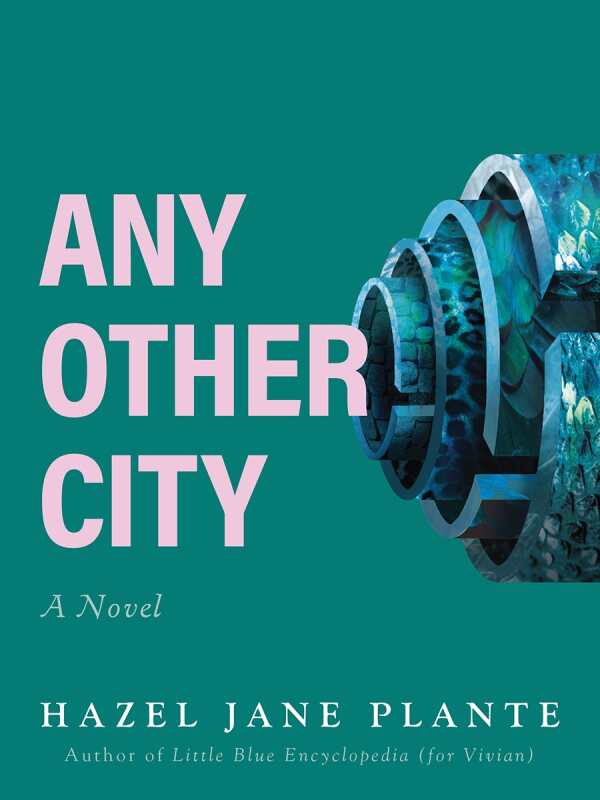Any Other City
Hazel Jane Plante’s novel Any Other City puts a transgender punk idol’s story to the page.
Tracy St. Cyr lives in a city that could be “any other city” that features creative and queer communities. Her story is structured like a vinyl record with two “sides”—A, which takes place in 1993, and B, which takes place in 2019. On side A, Tracy addresses a lover whom she left behind in her hometown and the revelations enabled by life in her new city, where she begins to understand and explore her sense of self. She wants to study art, which leads her to contact a favorite artist of hers for a mentorship; she falls in with a tight-knit group of transgender punks who help to shape her future. And on side B, Tracy addresses a different lover whom she left following emotional abuse. Now an out trans woman and a famous punk band leader, she tries to recalibrate her life once again in the unnamed city that made her who she is.
In the forward to Side A, Plante introduces herself as the “creative conspirator” to St. Cyr’s writing. The device helps the novel read as an authentic depiction of a real-life person’s tale. Tracy St. Cyr is vivified from two years’ of memories, built in focused fragments, that are woven together to form a coherent narrative. Song lyrics, song compositions, and detailed descriptions of visual art give the book a sense of physicality. It is a space worth lingering in.
Any Other City is a novel that’s reminiscent of a captivating concept album, becoming itself like a city, with nooks and crannies that beg to be explored.
Reviewed by
Michael Elias
Disclosure: This article is not an endorsement, but a review. The publisher of this book provided free copies of the book to have their book reviewed by a professional reviewer. No fee was paid by the publisher for this review. Foreword Reviews only recommends books that we love. Foreword Magazine, Inc. is disclosing this in accordance with the Federal Trade Commission’s 16 CFR, Part 255.

